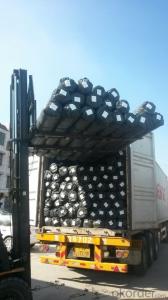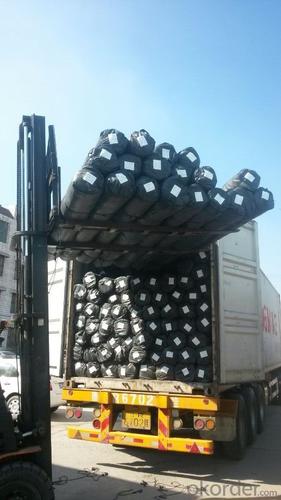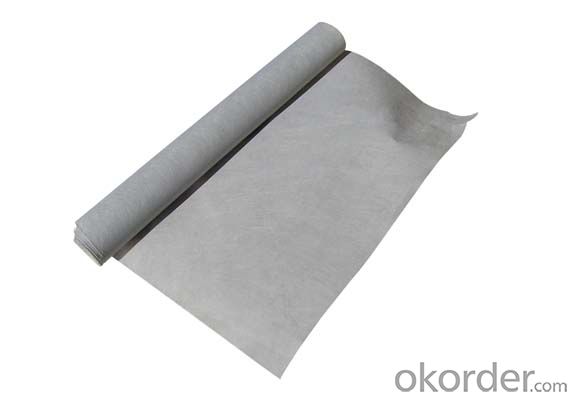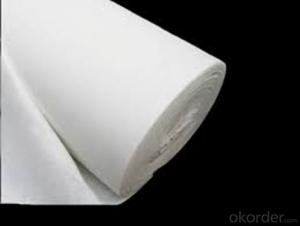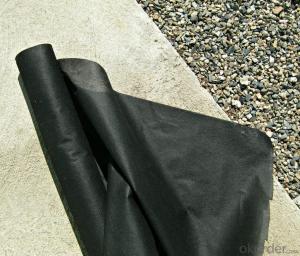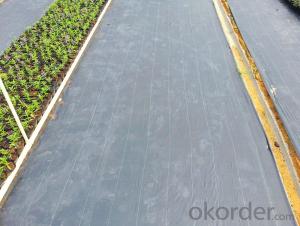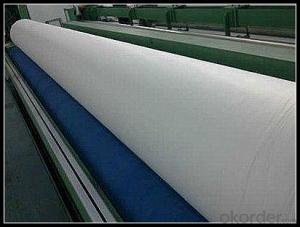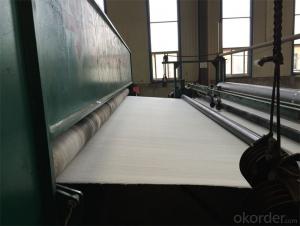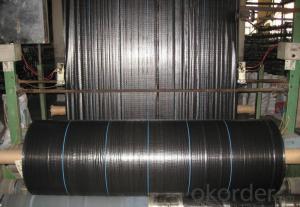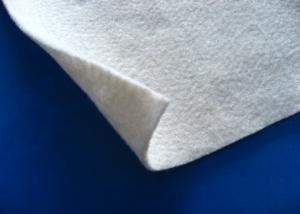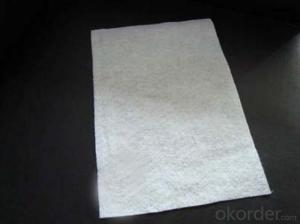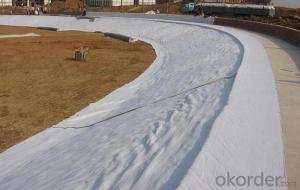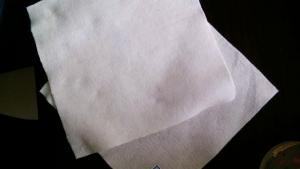Mirafi 140N Nonwoven Geotextile - PP Woven Fabric/Groundcover Fabric for Agriculture
- Loading Port:
- China main port
- Payment Terms:
- TT OR LC
- Min Order Qty:
- 5000 m²
- Supply Capability:
- 1000000 m²/month
OKorder Service Pledge
OKorder Financial Service
You Might Also Like
Introduction
Geotextiles are composed from synthetic polypropylene/polyester fibres through a mechanical process of needling the fabric and adding, when necessary, a thermo fused process, resulting in a uniform porous structure with excellent tensile strength and chemical deterioration.
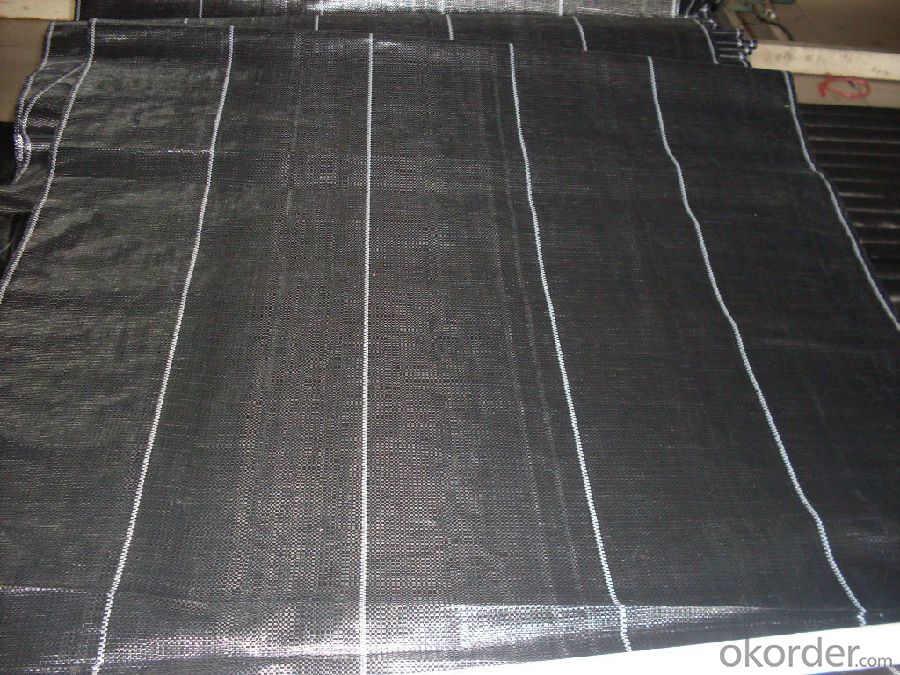
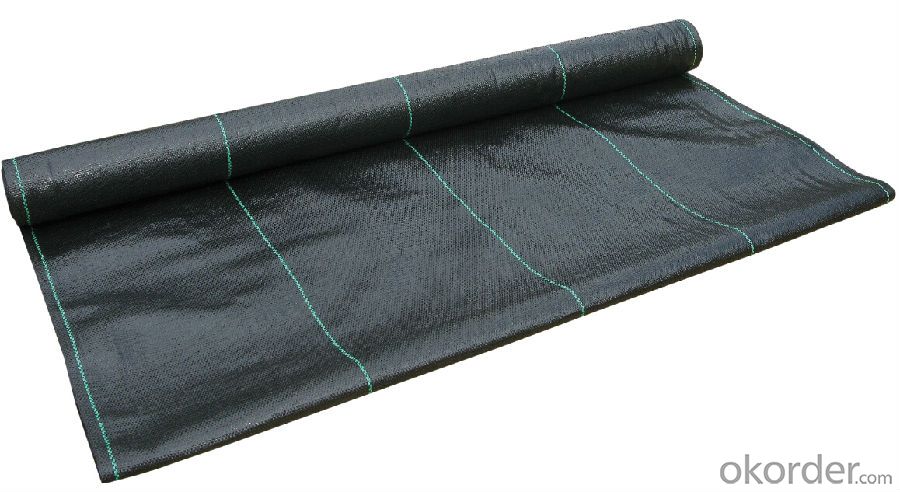
Specification
1) Weight / Mass: 75g/m2-400g/m2 .
2) Width: Within 8 m (1m-8m)
3) Length: 50m-100m/roll (as request)
4) Material: PP
5) Color: Black , white , grey, others
6) Certificate: CE/ISO9001, ISO14001 .
7) Manufacturing method: nonwoven / woven.
8) The biggest geotextile manufacturer/factory in China for many years . The equipment is introduced from Germany.
9) This geotextile can be made of polypropylene (PP).
Application
Major functions: Separation, filtration, drainage, reinforcement, protection, and liquid barrier
1) Filtration
The filtration layer of the dykes, river canal, seacoast, concrete slope, retaining walls. At the same time of preventing the clay granule from passing, it allows the water and the gas pass through freely.
2) Separation:
The isolation of the railway dregs and the roadbed, roadbed and the soft base, surface of the airdrome and parking lot and the groundsill, different dam materials. It isolates the soil and the gravel of two kinds different granule pathway from the groundsill or other buildings.
3 )Reinforcement:
The highway, railway, soil-stone dam, breakwater, airport, backfill soil of retaining wall, slope protection, etc in which distributes the earth stress, prevents the side-displacement of the earth body and improves the earth body stability.
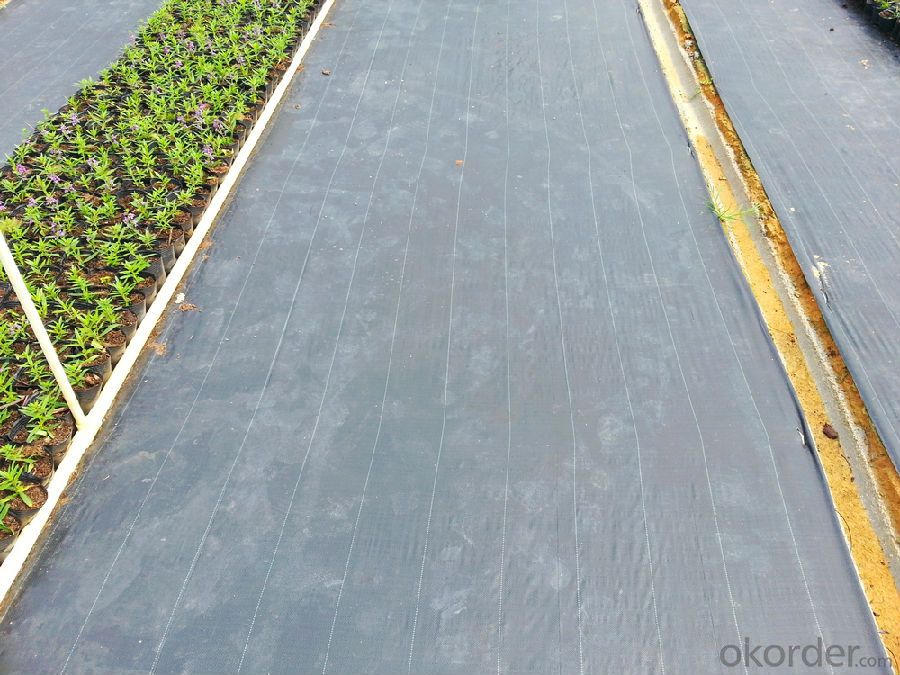
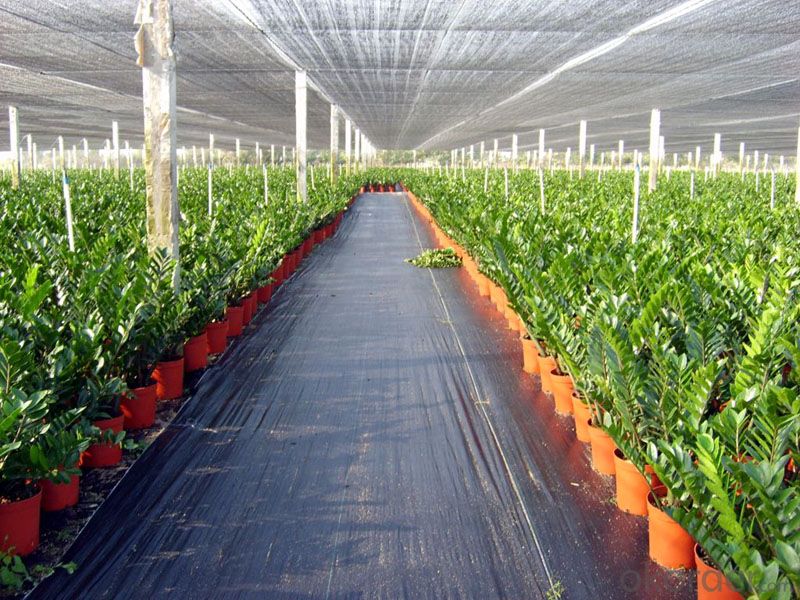
FAQ:
Q1: What is your minimum order quantity?
A:The minimum order quantity is 5000 ,but it is negotiable.
Q2:What is your payment terms?
A: T/T,Western Union,Paypal,L/C...
Waiting to cooperate with you!
- Q: I am currently displaying my geotextile samples in a brochure type display holder.but its not really working for holding a large amount. i can only fit about 8 in each holder. not very practical. i have been perusing google and stuff but am not coming up with much. i see very large cases, or the same displays i have now. does anyone have any ideas????PS This would be sitting on the top ledge of my desk so i am not really wanting anything that stands on the floor. hopefully someone else out there can help!
- Brittney420? My type of woman! We should hang out, my name is Art and you can message me if you want my number. I'm 6' 160 Pounds, I got a job, a HUGE house and a dog. Sorry I couldn't answer your question though.
- Q: SNG400-3.5 geotextile is what model
- SNG400-3.5 refers to the national standard polyester staple acupuncture non-woven geotextile 400g / ㎡, width 3.5m. The index code for staple acupuncture nonwoven geotextiles is generally SNG / (1) (2) / (3) - (4) / (5). (1) that the use of raw materials fiber code: PET-polyester, PP-polypropylene, PA-nylon, PV-vinylon, PE-Ethylene (conventional polyester are generally vacant omitted code) (2) that polyester staple fiber non-woven Geotextile per unit area weight. (3) that the composite products in the polyester staple fiber non-woven geotextile weight per unit area, non-composite product vacancies. (4) width, expressed in meters (5) production department number: can express the product more specific characteristics, functions, varieties, sequences, etc., the general vacancy. For example, a 3.5m wide 400g / ㎡ polyester staple fiber nonwoven geotextile representation can be SNG / PET400-3.5, can also be expressed as SNG400-3.5
- Q: How are geotextiles affected by chemical exposure?
- Geotextiles can be affected by chemical exposure depending on the type and concentration of the chemicals. Some chemicals can degrade or weaken the geotextile fibers, reducing their overall strength and effectiveness. Others may cause discoloration or chemical reactions that alter the properties of the geotextile. Therefore, it is essential to consider the compatibility of geotextiles with specific chemicals to ensure their long-term performance and integrity in various applications.
- Q: What are the cost implications of using geotextiles?
- The cost implications of using geotextiles can vary depending on several factors. Initially, geotextiles may have a higher upfront cost compared to traditional materials. However, they can provide long-term cost savings by extending the lifespan of infrastructure and reducing maintenance requirements. Geotextiles can also minimize the need for expensive excavation and replacement of poor soil, resulting in overall cost reductions. Additionally, the use of geotextiles can enhance construction efficiency, reducing labor costs and project timelines. Therefore, while there may be initial investment, the long-term cost implications of using geotextiles can be beneficial.
- Q: Can geotextiles be used in canal lining applications?
- Yes, geotextiles can be used in canal lining applications. Geotextiles are often utilized as a barrier or separator between different soil layers in canal lining to prevent soil erosion and provide stability. They offer excellent filtration properties and can help in the effective drainage of water from the canal. Additionally, geotextiles can also reinforce the canal lining, enhancing its durability and reducing the chances of cracks or damage.
- Q: Are geotextiles effective in preventing weed growth?
- Yes, geotextiles are effective in preventing weed growth. They act as a physical barrier that inhibits weed growth by blocking sunlight and preventing weed seeds from germinating. Additionally, geotextiles allow for water and air permeability, ensuring proper drainage while still suppressing weed growth.
- Q: What are the maintenance requirements for geotextile-reinforced retaining walls?
- The maintenance requirements for geotextile-reinforced retaining walls typically include regular inspections to check for any signs of damage, erosion, or settlement. Additionally, it is important to ensure that the drainage system is functioning properly to prevent water accumulation behind the wall. Any necessary repairs or adjustments should be promptly addressed to maintain the structural integrity of the retaining wall.
- Q: What are the advantages of using geotextiles?
- Geotextiles offer several advantages in various applications. Firstly, they enhance soil stability by providing reinforcement and preventing erosion. They also aid in filtration by allowing water to pass through while retaining fine particles, thus improving water quality. Geotextiles can also be used in drainage systems to facilitate the flow of water and prevent clogging. Additionally, they help in separation, preventing the mixing of different types of soils or materials. Geotextiles are durable and resistant to degradation, making them a cost-effective solution with a long lifespan. Overall, geotextiles provide numerous benefits in infrastructure projects, environmental protection, and soil management.
- Q: Can geotextiles be used in dam construction?
- Yes, geotextiles can be used in dam construction. Geotextiles are commonly used in dams as they provide reinforcement, filtration, and drainage functions. They help in stabilizing the soil, preventing erosion, and improving the overall strength and performance of the dam structure.
Send your message to us
Mirafi 140N Nonwoven Geotextile - PP Woven Fabric/Groundcover Fabric for Agriculture
- Loading Port:
- China main port
- Payment Terms:
- TT OR LC
- Min Order Qty:
- 5000 m²
- Supply Capability:
- 1000000 m²/month
OKorder Service Pledge
OKorder Financial Service
Similar products
Hot products
Hot Searches
Related keywords
